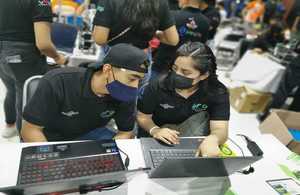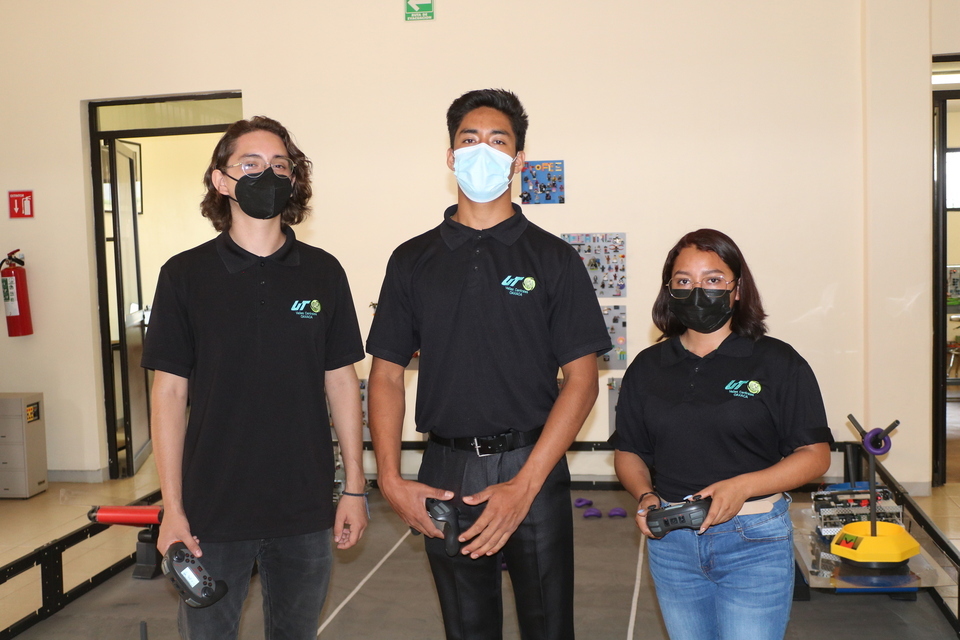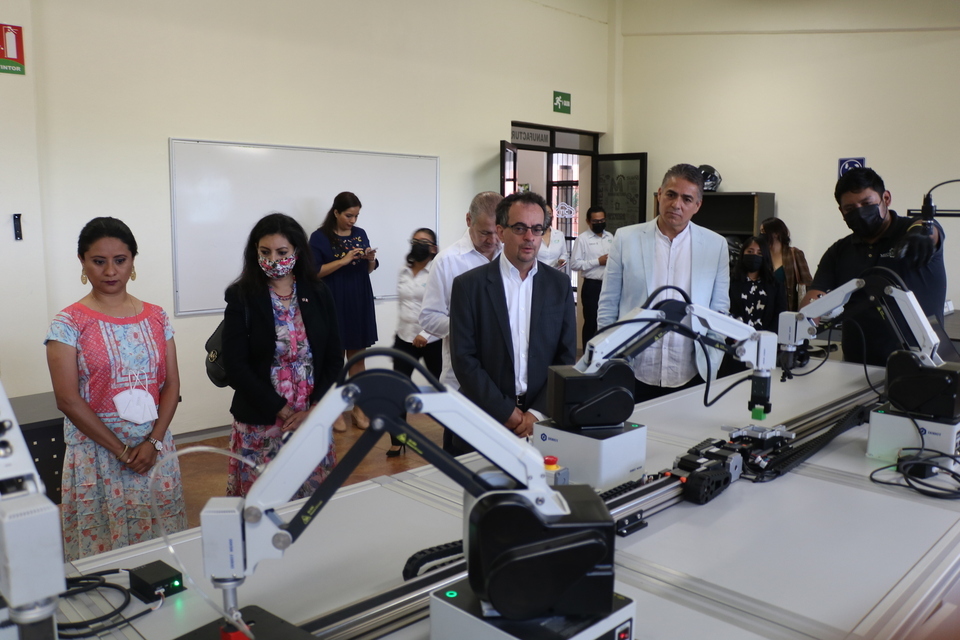Skills for Prosperity Helps Opening STEM Centre in Oaxaca
As part of the Skills for Prosperity programme, His Majesty’s Ambassador to Mexico, Jon Benjamin inaugurated the STEM Centre at the Technological University of the Central Valley of Oaxaca, in one of Mexico´s states with the highest levels of poverty.

Students from UTVCO
As part of the Skills for Prosperity programme (SFPMX Mexico), His Majesty’s Ambassador to Mexico, Jon Benjamin, officially inaugurated the STEM Centre at the Technological University of the Central Valley of Oaxaca (TUCVO). This university is located in the heart of one of Mexico´s states with the highest levels of poverty.

HMA Jon Benjamin visits the UTVCO
Skills for Prosperity is a development programme of the UK government that focuses on improving the access of marginalised youth to quality and market-aligned vocational training and higher education. Through this initiative and thanks to co-funding from the University and the Iberoamerican STEM Academy, a non-governmental organisation, the Ambassador Jon Benjamin unveiled a plaque to officially inaugurate the STEM Centre at the Technological University of the Central Valley of Oaxaca.

Students from UTVCO
The Centre will provide assistance and technological support to at least 1,700 students interested in deepening their knowledge in science, technology, engineering and maths. This is of special relevance considering the high levels of poverty in Zimatlan, the rural community where the university is located which has a strong indigenous presence and difficult physical access.
For this initiative, the TUCVO invested £15,000 in building the Centres’ facilities and the SFPMX invested close to £80,000 in capacity building for the University through trainings and technical certifications to professors. This included soft skills training highlighting the importance of breaching the gap for women in science. The Iberoamerican STEM Academy invested nearly £80,000 to equip the robotics, automation and programming classrooms of the Centre and the Oaxaca State Government will also participate in this initiative by providing additional equipment worth £100,000.
During the unveiling ceremony of the Centre, the Ambassador Jon Benjamin awarded the teachers certifications for having completed these courses, and had the opportunity to meet some of the students that have already benefited from the STEM Centre through its courses on robotics and programming.

HMA Jon Benjamin visits the UTVCO
The STEM Centre is equipped with computers for programming in languages such as Python (used to build websites and software), robotic arms and other technical components. The Centre had already benefited students even before its inauguration, by providing the necessary equipment and training that allowed a group of students to participate in the 2022 National Robotics and STEM Skills Championship. Even though this was the first time that students from the TUCVO had the opportunity to participate in this competition, the team won the first place in the category of collaborative robotic arms.
Ramsés García, a student of mechatronics at TUCVO said:
The equipment and computer systems in the Centre allow us to have practical experience of the acquired knowledge, and are focused to the labour market demands. I feel grateful to the TUCVO and the UK Government for offering this opportunity to further my skills.
Similarly, Emilia Ramírez shared:
Here I am learning how to programme in Python language, build small robots and how to operate advance robotic arms used to automatize manufacturing processes.
Through the creation of the STEM Centre at the Technological University of the Central Valley of Oaxaca, the Skills for Prosperity programme seeks to bring women and vulnerable populations in remote regions of Oaxaca closer to fields of study such as robotics, industrial design and software programming, therefore contributing to the reduction of local employment gaps for marginalised youth in Mexico.